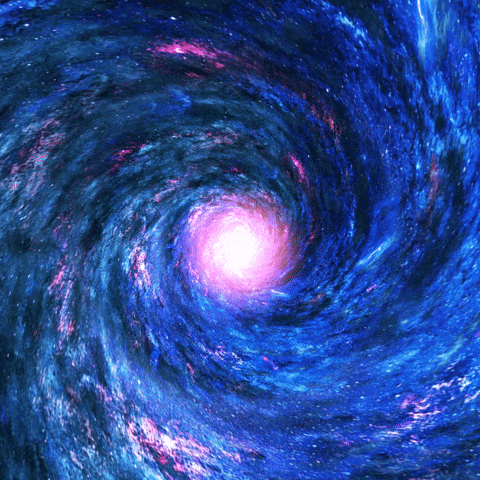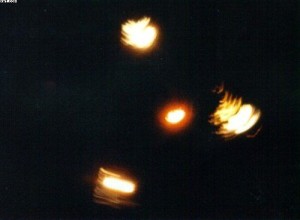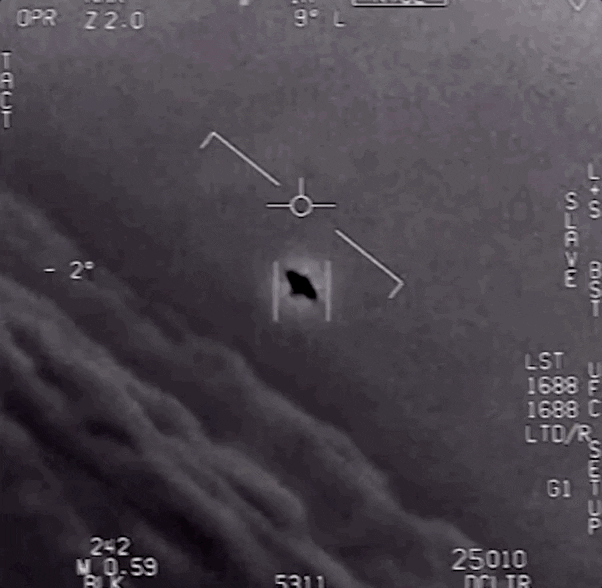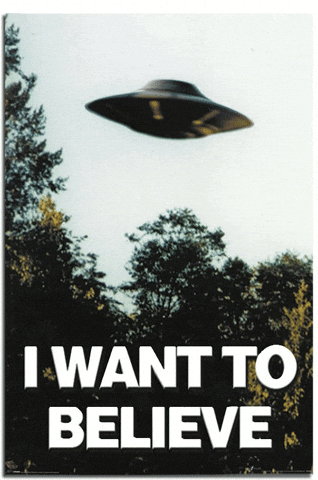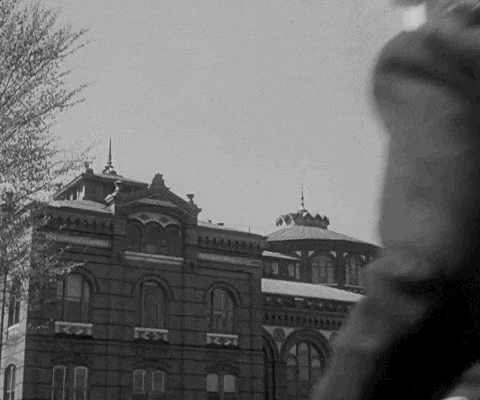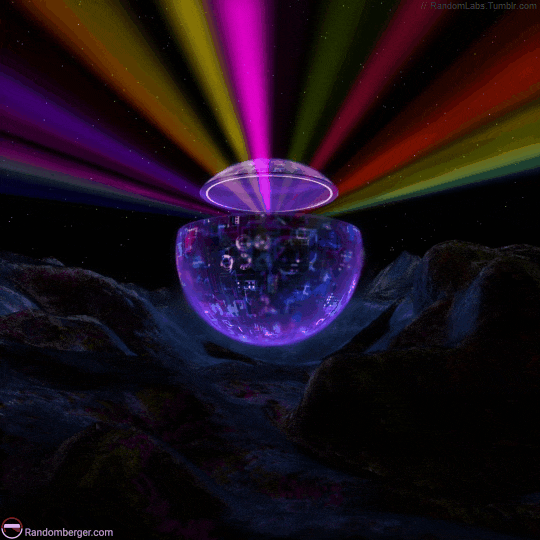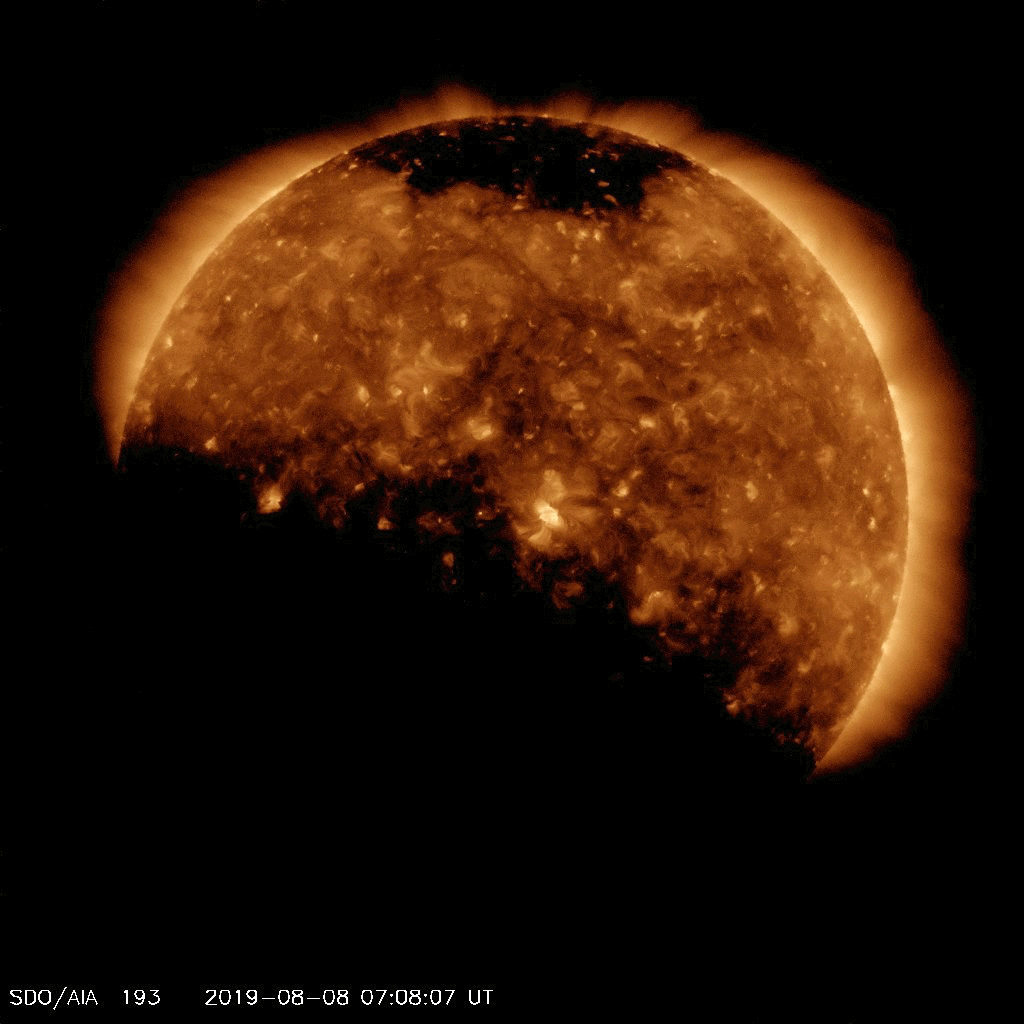In 1799, the noted geographer, naturalist and explorer Alexander von Humboldt was looking at the stars with the naked eye, as he often did, and noticed that some of them were moving. He called the movement of the stars "Sternschwanken" ("swinging stars" in German). It wasn't until 58 years later that another German, a psychologist, figured out that it wasn't the stars that were moving, it was the eye of the beholder perceiving movement when there was none.
The autokinetic effect is just one of the many optical illusions that ultimately help us understand how the human eye and brain work together in perception. In the case of autokinesis, a small, stationary point of light (or an object) in an otherwise dark and featureless environment seems to jump around when its focused on (as in a star in the night sky). This light source could be a distant star, a far-off spotlight, a bright-enough fire — or even a lightly colored shape in front of a dark background. Plenty of stars or other bright lights have been reported as UFOs due to the autokinetic effect.
But why do we see these objects as moving when they're not?
Some have suggested that very small, involuntary movements of the eye are to blame, while more recent research has pointed out that the perception mistake might be in the brain, not the eye. (Autokinesis has been reported by scientists in people whose eyes are completely still.) The human eye uses surrounding objects as reference when focusing on a distant object, when there is a lack them, the point is undefined. Since the brain can't define the position of the object relative to others properly, it moves around, trying to figure out the error.
MNN's own Russell McLendon experienced the effect, describing it this way: "My wife and I think we saw it during a trip to the Grand Canyon. It was a cloudy night, so barely any stars were visible, and we were on the South Rim looking across this huge, dark expanse. We first noticed a campfire dancing around on the canyon floor, but then we noticed similar movements in the only star we could see overhead. That was when we realized it was some kind of illusion, so we started Googling until we figured out it was probably this auto-kinetic effect."
Now that you know about the effect, you can have a little fun with it. Scientists have also found that people's perception of the movement is open to suggestion. You can let a friend who is staring up at the stars with you know that a specific one is moving in a certain way (a circle, or jumping around), and it's pretty likely that their own autokinetic effect will manifest that way. It can work with the naked eye, but for best results, look through a tube (like a toilet paper or paper towel tube) at one particular star.




